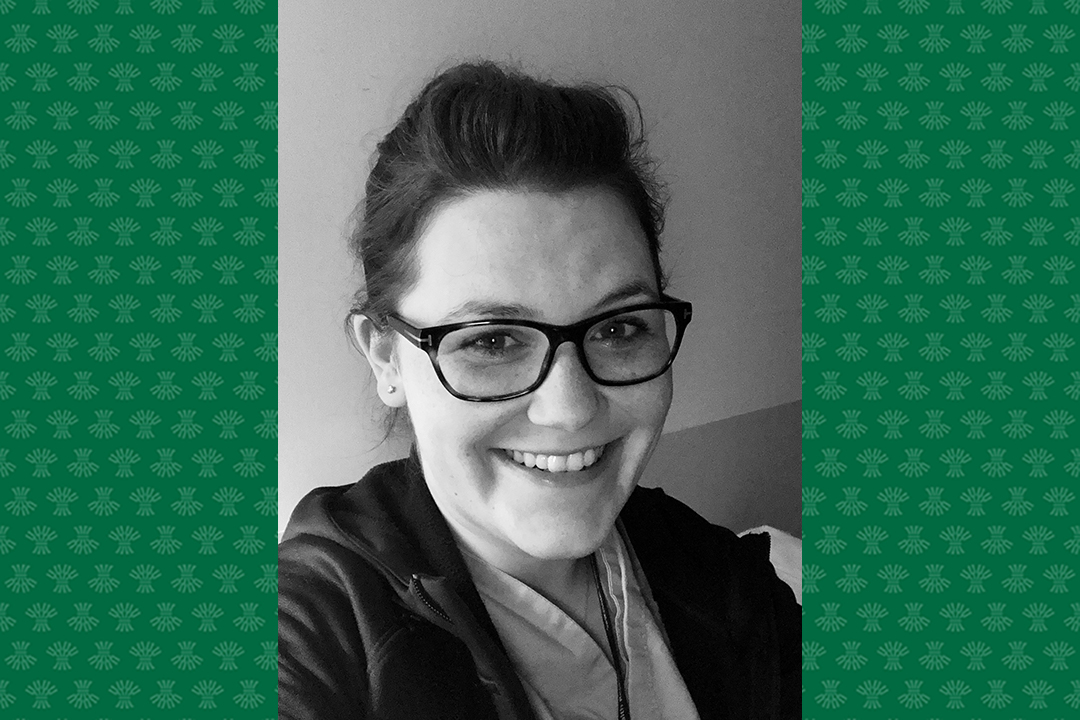
Advancing the role of simulation in medical education
At the beginning of the pandemic, simulation training was employed to prepare health care professionals for critical events. There was also more interest among this group in using simulation-based medical education for continuing professional development (CPD).
By AMANDA WORONIUK"We tried to leverage that (in our programs). It was successful in terms of helping people feel more prepared and it made everyone motivated to do simulations,” said Dr. Carlyn Gardner (MD), simulation lead for the Division of Continuing Medical Education (CME), and associate professor in the Department of Emergency Medicine.
CME uses simulation-based medical education in their programming. This type of learning helps health care teams improve their teamwork and communication skills in a low-pressure, controlled environment where patient care isn’t compromised. Sometimes the simulation training uses lifelike mannequins or trained patient actors (known as a simulated patient) for added realism in the scenarios.
Gardner joined the CME team in fall 2021 in this newly created role and brings her experience in simulation as a clinician educator.
“One of my interests is virtual simulation. That’s something that was pushed forward because of the pandemic,” she said. “Instead of being in a room together, it’s done via web conferencing or hosted with an online platform. Participants can still come together in a virtual room and work through a case together."
Gardner notes that even though the simulation is conducted remotely, it’s still a beneficial tool for learning and feedback. Teams can hone their collaboration and decision-making skills, without physically being together in-person.
Another area CME has expanded into is simulation-based education that includes trauma and ICU scenarios. This training is conducted in-situ – that is, practicing in the clinical environment, such as a hospital, rather than a training facility or classroom. Simulation education can also bring together multiple health care professions and medical specialties.
“Anything that’s done in-situ has to be interdisciplinary. Simulation is adaptable as a tool that can be for anyone,” said Gardner. “We do multidisciplinary simulation with nurses and respiratory therapists. The Code Blue (cardiac arrest) team does a lot of simulation (training). We’re working on getting some trauma simulation up and running, so that would be multidisciplinary and inter-professional.”
Simulation training can also be used for training departmental staff in other medical scenarios. Gardner is enthusiastic about a project that could help department staff feel more prepared upon returning from parental leave.
“It’s stressful returning to work after being away,” said Gardner. “I’m starting a project where we are doing some virtual simulation and people can complete it from home. The timing is flexible and hopefully will help people feel a little bit less stressed coming back to work.”
Gardner sees exciting things ahead for CME simulation-based medical education, including using it more broadly throughout the province.
“My five-year dream for CME for a couple of things. For simulation in Saskatchewan to be a lot more cohesive and less siloed,” said Gardner. “For all of us to be working together and sharing our initiatives more.” She added that this might be a type of province-wide case bank that brings together simulation cases into a central hub. Individuals could then learn from simulation activities in other locations across the across the province.
“I would love to see more in-situ simulation in a bunch of centres (throughout Saskatchewan). There are some exciting things going on in some of the regional sites, and I’m still learning more about them,” said Gardner. “To have simulation happening where people work is such a powerful tool.”
